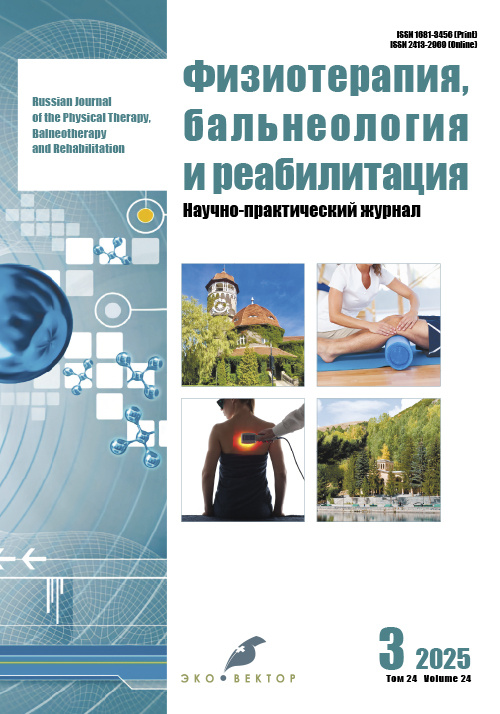BACKGROUND: In the 21st century, childhood obesity has reached the level of a global non-communicable epidemic. Current scientific research demonstrates a strong association between obesity and impaired cognitive control of food intake, i.e., disordered eating behavior. The dorsolateral prefrontal cortex plays an important integrative role in the regulation of eating behavior. Noninvasive brain stimulation techniques targeting this area using preformed physical factors represent a promising avenue in the multimodal treatment of obesity and metabolic syndrome.
AIM: The work aimed to evaluate the effectiveness of transcranial magnetotherapy and combined transcranial magnetolaser therapy in correcting eating behavior in adolescents with obesity.
METHODS: A prospective observational randomized controlled study was conducted, involving a comprehensive clinical and laboratory examination of 60 adolescents aged 12–15 years with primary obesity. Assessments included physical and sexual development, carbohydrate and lipid metabolism parameters, hormonal status, types of disordered eating behavior, and appetite perception. All participants received education on nutrition and physical activity. They were then randomly assigned to three groups: group 1, 25 adolescents received 10 sessions of transcranial magnetotherapy; group 2, 25 adolescents received 10 sessions of transcranial magnetolaser therapy; the comparison group, 10 adolescents received no physiotherapy. Re-evaluation was performed 3 months later using the same protocol.
RESULTS: Upon first visit, 40% of patients (24) had hyperinsulinemia, 28% (17) had insulin resistance, and 30% (18) had hypercholesterolemia. According to the Dutch Eating Behavior Questionnaire, 84% (50) had various types of disordered eating behavior, predominantly combined types. According to the visual analog scale for appetite perception, patients with obesity exhibited pronounced fasting hunger, along with insufficient satiety and gastric fullness following food intake. Three months after treatment, patients who underwent transcranial magnetic and magnetolaser therapy as a form of instrumental eating behavior modulation showed reduced appetite and prolonged satiety on the visual analog scale. This contributed to a decrease in body mass index and normalization of metabolic status.
CONCLUSION: Transcranial methods in the multimodal treatment of adolescent obesity help enhance cognitive control over food intake, thereby reducing overeating as a contributing factor in the development and progression of obesity.













